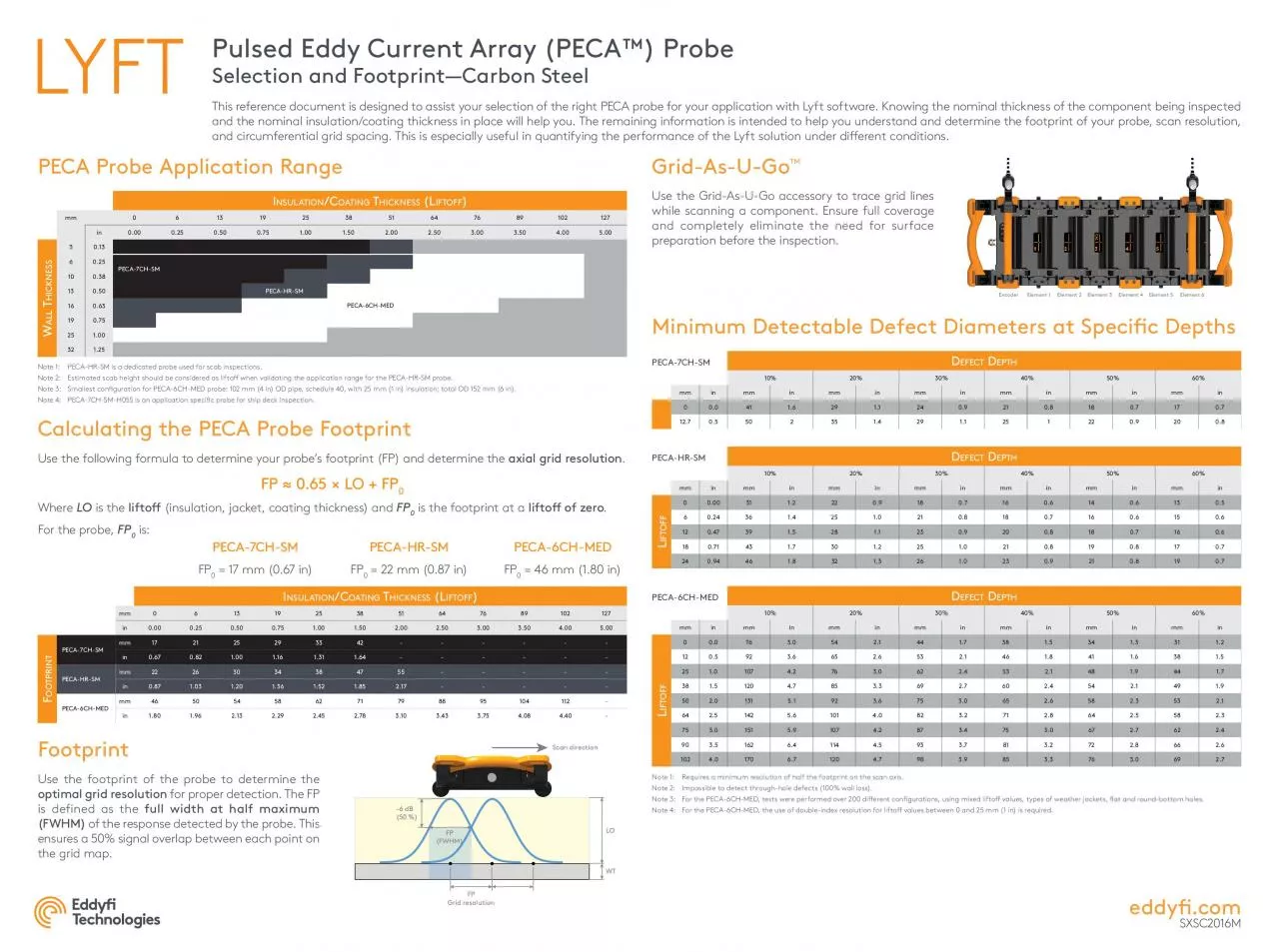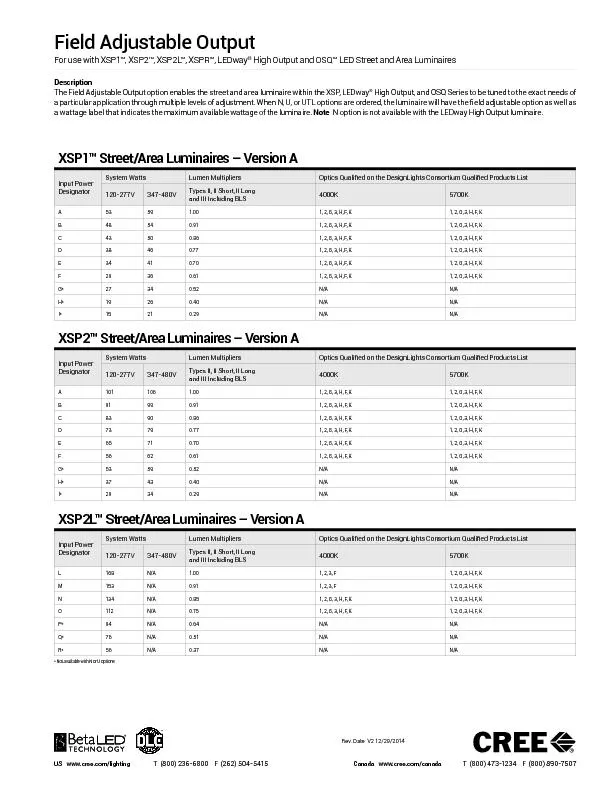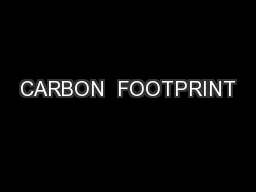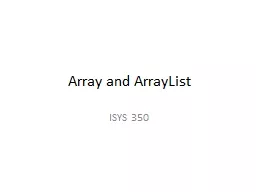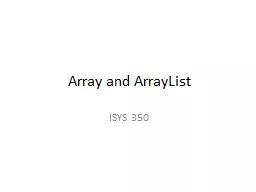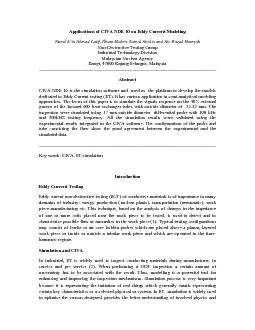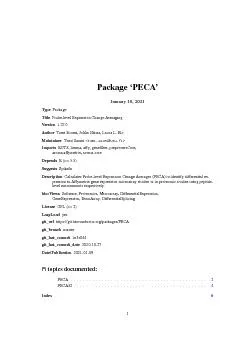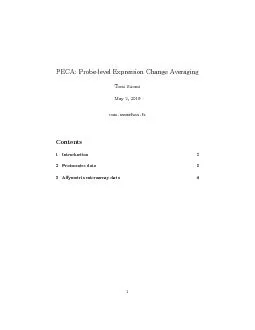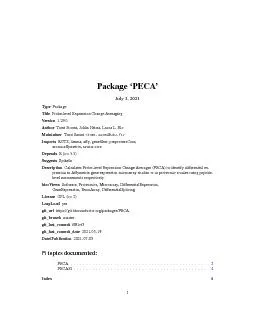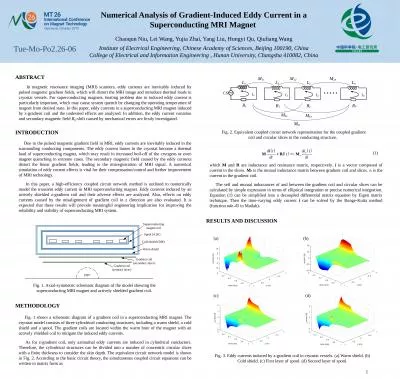PDF-Pulsed Eddy Current Array (PECA™) Probe Selection and Footprint&#
Author : jacey | Published Date : 2021-01-11
3129272528242322212019272218 1716 1514 31r3115f11n t25267r65254n 321182526272824
Presentation Embed Code
Download Presentation
Download Presentation The PPT/PDF document "Pulsed Eddy Current Array (PECA™) P..." is the property of its rightful owner. Permission is granted to download and print the materials on this website for personal, non-commercial use only, and to display it on your personal computer provided you do not modify the materials and that you retain all copyright notices contained in the materials. By downloading content from our website, you accept the terms of this agreement.
Pulsed Eddy Current Array (PECA™) Probe Selection and Footprint&#: Transcript
Download Rules Of Document
"Pulsed Eddy Current Array (PECA™) Probe Selection and Footprint&#"The content belongs to its owner. You may download and print it for personal use, without modification, and keep all copyright notices. By downloading, you agree to these terms.
Related Documents

